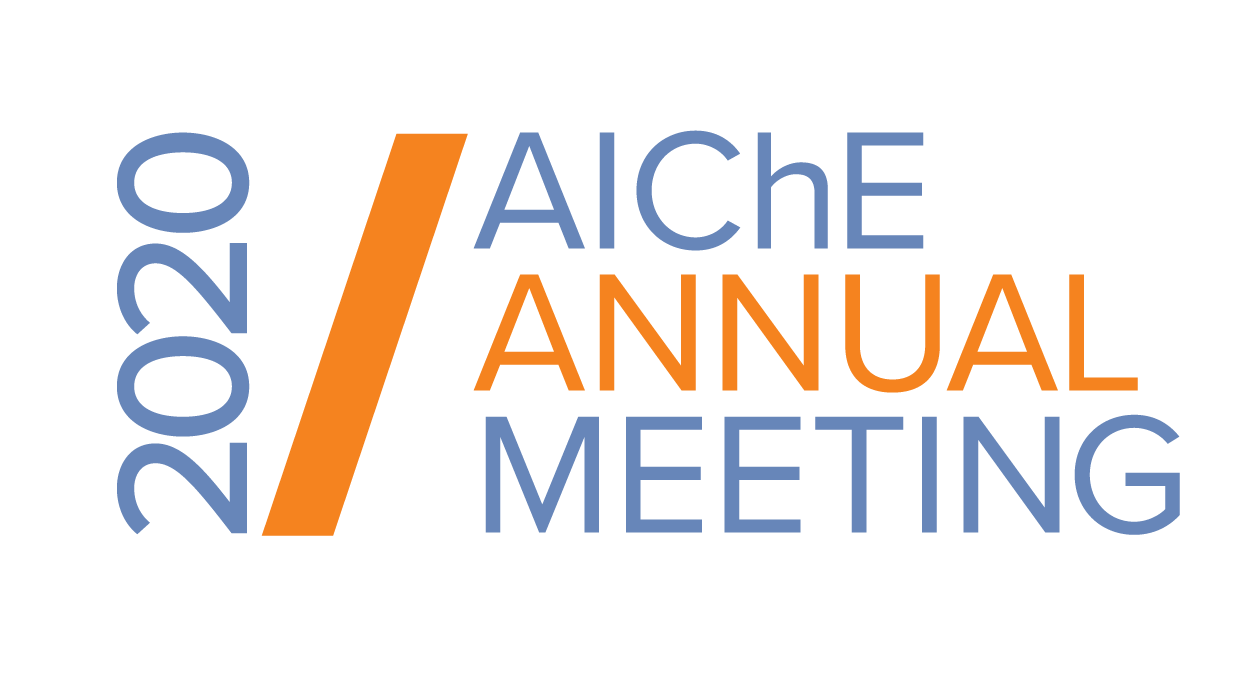Nature-inspired self-cleaning surfaces have attracted considerable attention from both fundamental research and practical applications. Around 2005, the number of publications on this topic started strongly rising, due to the increased availability of nanoscale manufacturing techniques. In this contribution, we will adopt a chemical-engineering point of view and give an overview of mechanisms, modelling, and manufacturing (M3) of state-of-the-art, nature-inspired self-cleaning surfaces. We will introduce six nature-inspired self-cleaning mechanisms: The Lotus-effect, superhydrophobic-induced droplet jumping, superhydrophobic-induced unidirectional movement of water droplet, underwater-superoleophobic-based self-cleaning, slippery-based self-cleaning, and dry self-cleaning. These mechanisms of nature self-cleaning examples are popular and well-known as well as have been widely applied or exhibited potential applications in our daily life and industrial productions. The mathematical and numerical modelling of the identified self-cleaning mechanisms will be carefully introduced, which will contribute to the rational design and reproducible construction of these functional self-cleaning surfaces [1].
We will also discuss how these materials can be produced, with a focus on scalable manufacturing. There are already some tens of companies offering commercial self-cleaning coatings, and their number grows every year. The major bottleneck to bring self-cleaning surfaces on the market remains the lack of durability. Coatings usually do not retain non-wetting properties, due to mechanical abrasion, UV degradation or organic contamination. To convince end-user companies to incorporate self-cleaning coatings into their products (e.g. shoes, cars, construction materials) remains a challenge, and likely requires a scientific breakthrough in mechanical durability. Further progress in this field will require steps in understanding, which would profit from interdisciplinary collaboration.
[1] Yu, C., Sasic, S., Liu, K., Salameh, S., Ras, R. H. A., & van Ommen, J. R. (2020), Chem. Eng. Res. Des. 155 (2020), 48-65.


